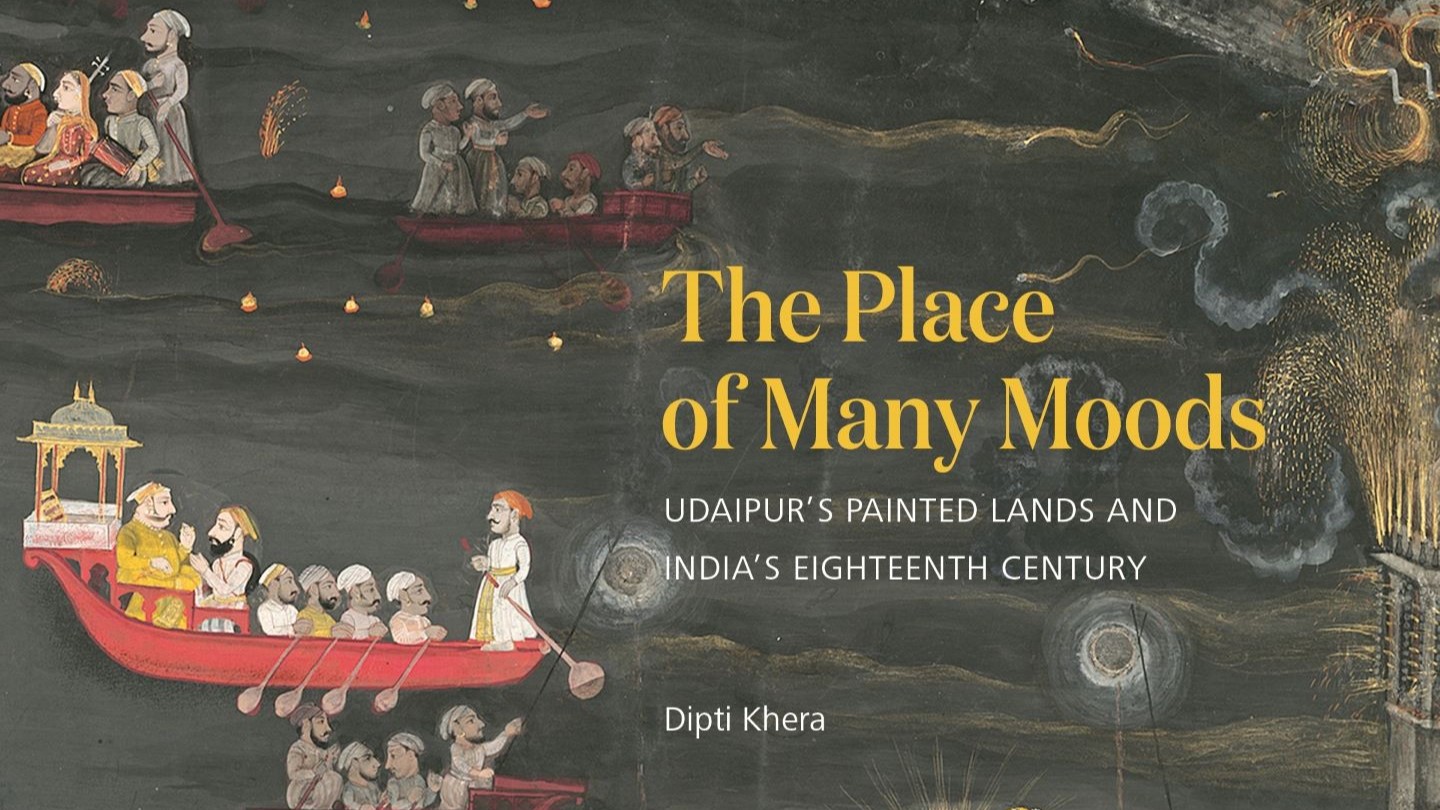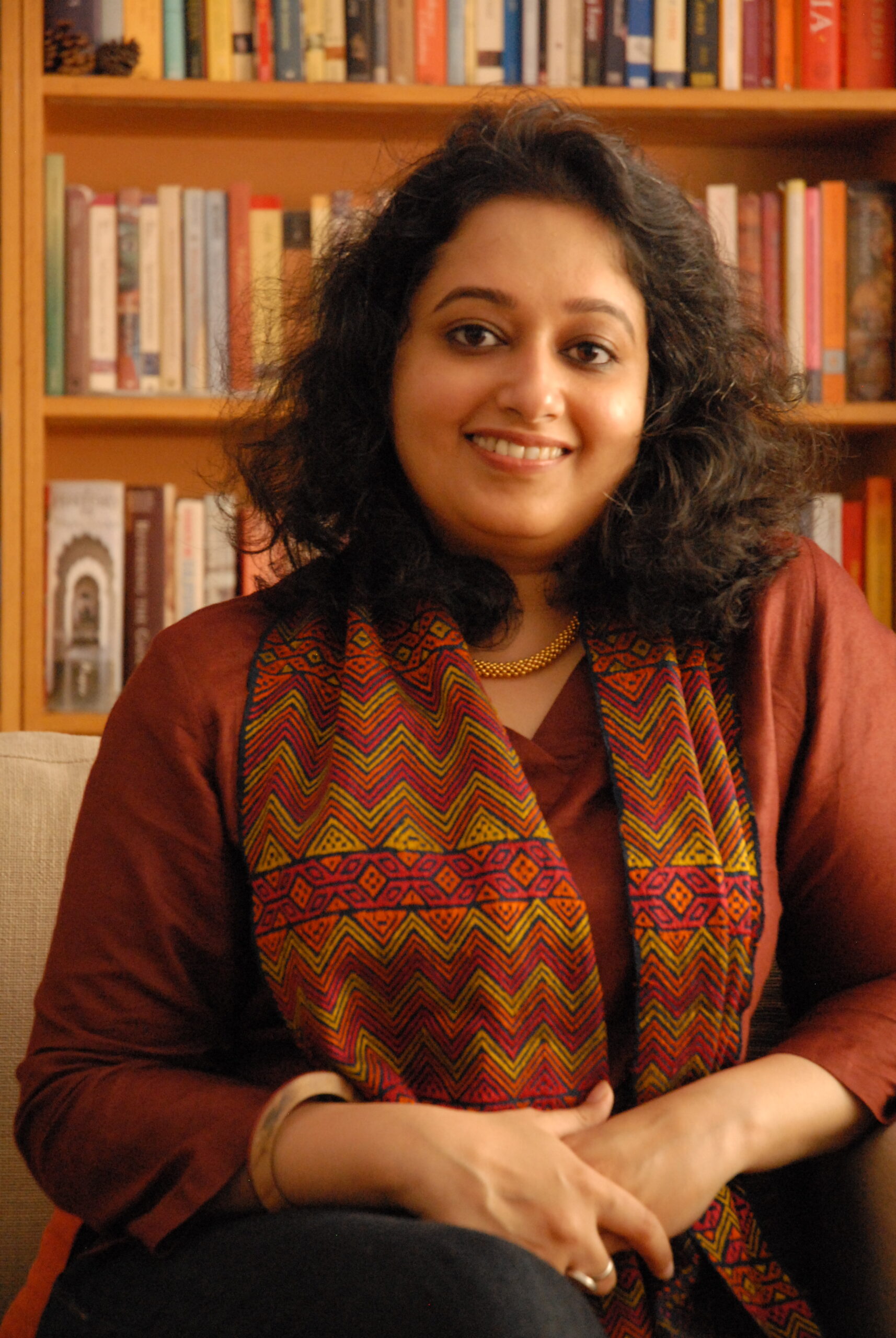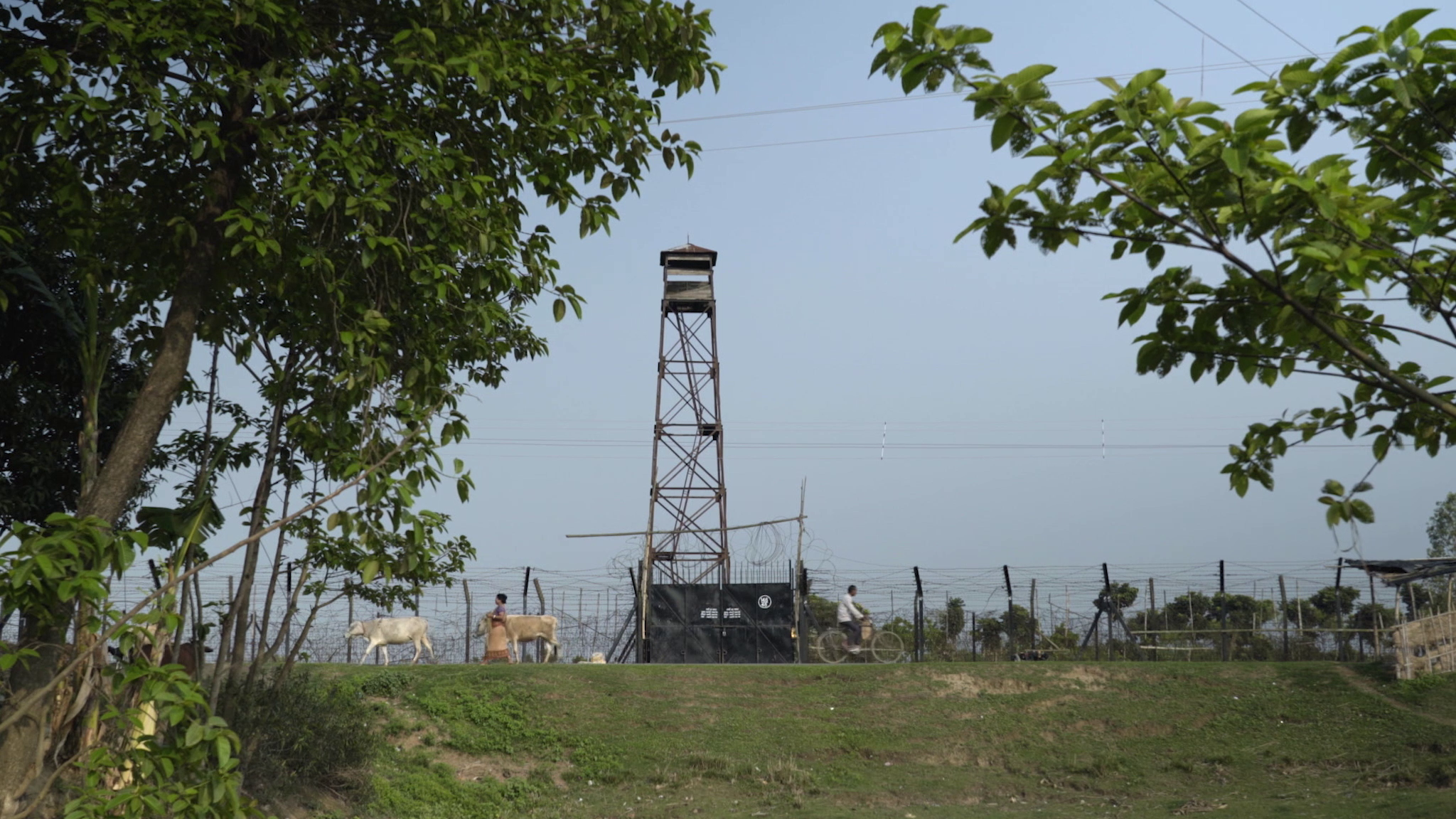Talks
The Place of Many Moods: Udaipur’s Painted Lands and India’s Eighteenth Century
Dipti Khera

Book Cover of The Place of Many Moods: Udaipur’s Painted Lands and India’s Eighteenth Century. Courtesy of Dipti Khera.
As Mughal imperial authority weakened by the late 1600s and the British colonial economy became paramount by the 1830s, new patrons and mobile professionals reshaped urban cultures and artistic genres across India.
In iterating exuberant and ephemeral atmospheres of their city of lakes, painters from Udaipur viewed the moods of places as open to adaptation, admiration, and assimilation. They circulated images and ideas about flourishing places beyond and between objects commissioned by courts, merchants, and colonial officers. Udaipur’s large-scale paintings of pleasure, plentitude, and praise sought to stir such emotions as awe and abundance, and confront the ways colonial histories have recounted Oriental decadence.
Join us at MAP for a talk by art historian, Dipti Khera, as she looks at the methods of sensing and making sense of monsoon moods. Through the talk, she discusses how we define our archives, artworks, and architecture; how claims of territoriality and infrastructure surface in art and history; and how we tell histories of the entanglement of emotions, ecology, and place in South Asia and beyond.
Bookings
Bookings are closed for this event.









